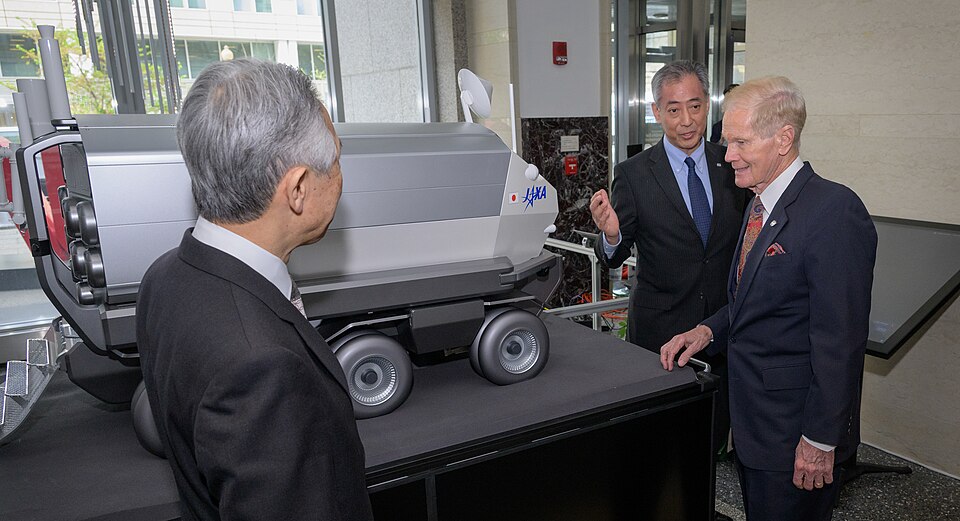NASA to Select Supplier for Self-Driving Lunar Rover in Artemis Mission

The National Aeronautics and Space Administration (NASA) is poised to make a pivotal decision regarding the supplier of its self-driving lunar rover, which is integral to the upcoming joint US-European Artemis mission aimed at exploring the Moon. This decision is expected to be finalized by the end of 2025, following a comprehensive evaluation of proposals submitted by three competing companies: Intuitive Machines, Lunar Outpost, and Venturi Astrolab.
The lunar rover, known as the Lunar Terrain Vehicle (LTV), is designed to operate both autonomously and in crewed missions, significantly enhancing NASA's ability to explore the Moon's South Pole region. Jacob Bleacher, Chief Exploration Scientist at NASA's Exploration Systems Development Mission Directorate, emphasized the rover's role in facilitating scientific discovery, stating, "We will use the LTV to travel to locations we might not otherwise be able to reach on foot, increasing our ability to explore and make new scientific discoveries."
Each of the three companies has developed unique rover designs that meet NASA's stringent requirements. The FLEX Rover by Venturi Astrolab, for instance, features a wheel-on-limb mobility system that allows it to adapt to various lunar terrains while maintaining stability. This rover can transport two astronauts and over 1600 kilograms of payload, equipped with a specialized battery enclosure that ensures operational reliability amidst the Moon's harsh temperature fluctuations, which can range from -90 to -230°C.
On the other hand, Intuitive Machines has developed the Reusable Autonomous Crewed Exploration Rover (RACER), which serves as a communication base station on the lunar surface. Recently, the RACER demonstrated its autonomous capabilities in a test environment at NASA's Johnson Space Center, navigating complex terrains without human intervention. Brett Fischer, LTV Lead at Intuitive Machines, noted, "The team has effectively closed the loop between design, test, and astronaut feedback."
Lunar Outpost is advancing its Eagle rover, which aims to facilitate exploration by collecting and transporting scientific samples and equipment. NASA has also selected two scientific instruments to be integrated into the LTV: the Artemis Infrared Reflectance and Emission Spectrometer (AIRES) and the Lunar Microwave Active-Passive Spectrometer (L-MAPS). AIRES will map lunar minerals and volatiles, while L-MAPS will provide insights into subsurface structures and the potential presence of water ice.
The Artemis program, which includes ambitious plans for lunar exploration and eventual human missions to Mars, is scheduled for its next launch in mid-2027. The integration of advanced technology and autonomous systems within the LTV is expected to significantly enhance the scientific yield of these missions, as articulated by Nicky Fox, Associate Administrator for the Science Mission Directorate at NASA. Fox stated, "The Artemis Lunar Terrain Vehicle will transport humanity farther than ever before across the lunar frontier on an epic journey of scientific exploration and discovery."
As NASA prepares for this critical decision, the implications for lunar exploration and the potential scientific advancements are profound. The selection of the rover supplier will not only determine the immediate capabilities for the Artemis mission but will also shape the future of human exploration on the Moon and beyond. With the participation of private industry in this vital endeavor, NASA continues to foster innovation and collaboration in space exploration.
Advertisement
Tags
Advertisement





